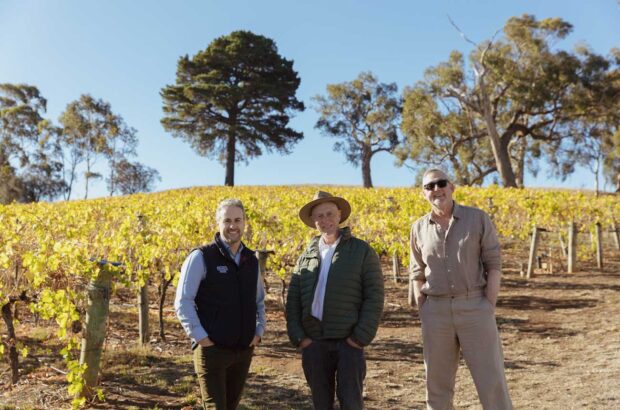Heard of ‘Icewine’ but not quite sure what it is, or how it is made? Read on...
What is Icewine? Ask Decanter
Icewine – or ‘Eiswein’ – is a type of sweet wine, originally made in Germany and Austria, but also more recently in Canada and China.
The grapes are left on the vine into the winter, and eventually the water in the grapes will freeze.
These frozen grapes are quickly picked and pressed, so that the juice made is very high in sugar, which is then made in to wine, which is luscious and sweet.
The main grapes for ice wine are Riesling and Vidal Blanc.
‘The temperature needs to be below -7°C or -8ºC before the grapes can be picked for these ultra-concentrated sweet wines,’ said Natasha Hughes in the January 2013 issue of Decanter magazine.
‘Harvest often takes place overnight at a time of year when the vineyards are usually blanketed in a thick layer of snow.
‘Such conditions must create additional peril for those picking grapes on the already dangerously steep slopes of the Mosel, yet harvesting casualties are luckily rare.’
What Icewine tastes of
Ice wines tend to have flavours such as citrus and tropical fruits, honey and marmalade.
‘You’re unlikely to find any botrytis on any of these grapes – the idea is to create wines with intense fruit flavours,’ said Hughes.
See also: Tasting notes decoded
In the 2018 Decanter World Wine Awards, the Wayne Gretzky Estates, No.99 Vidal Icewine won a Platinum medal.
‘A tropical nose with hints of orange and honey leads to an intense palate of peach, mango and well balanced caramel over citrus zest.’
The Chateau Changyu Icewine 2015 from China also won a gold medal.
Judges praised it for ‘Savoury notes are overlaid by flowers and lime on the nose. The palate shows candied peel mingled with hints of tea and oodles of marmalade.’







